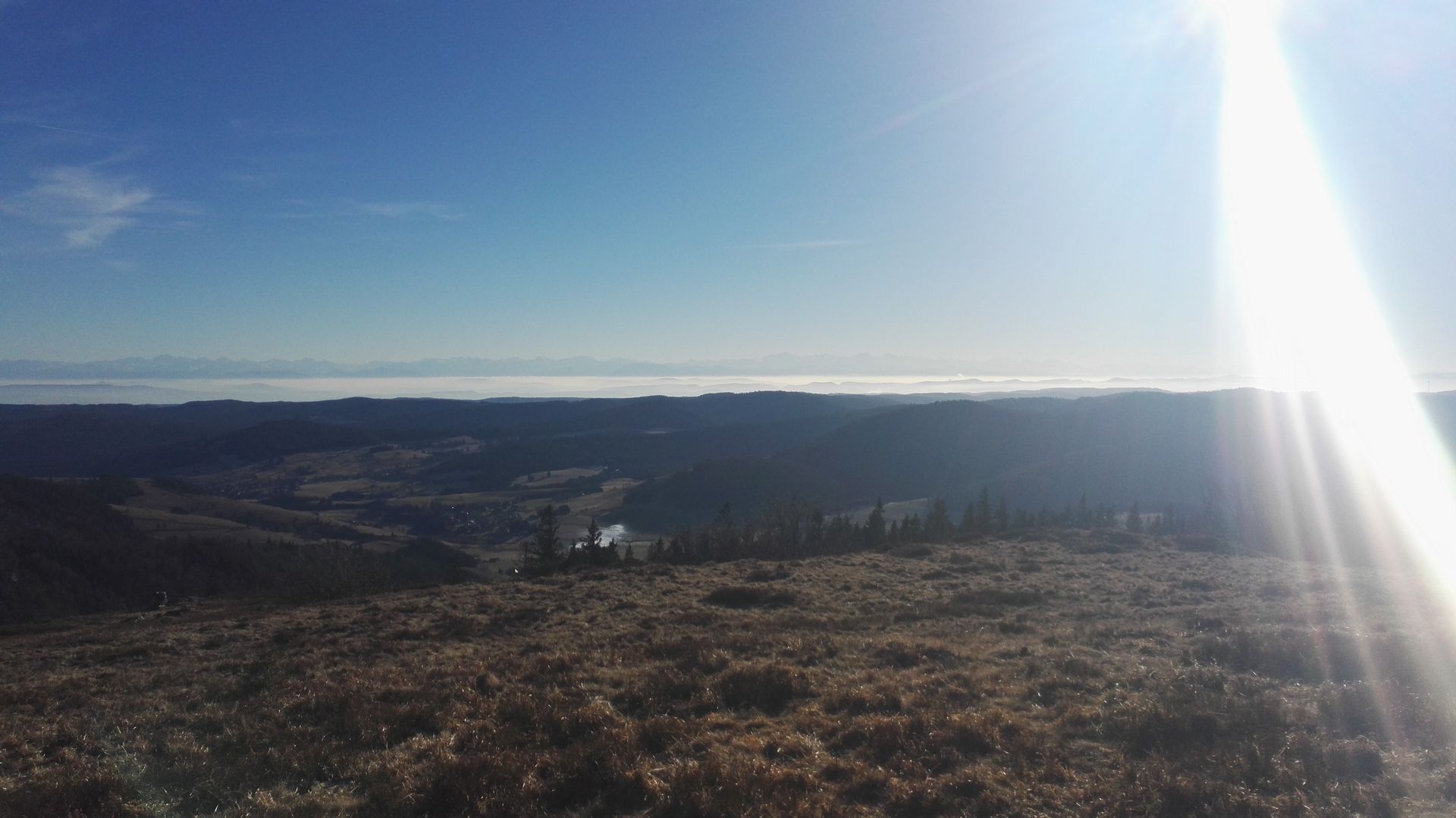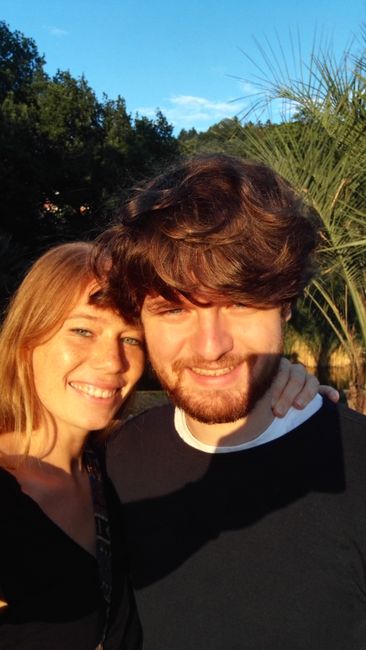Most made from sugarcane juice and sore buttocks
יצא לאור: 03.04.2019
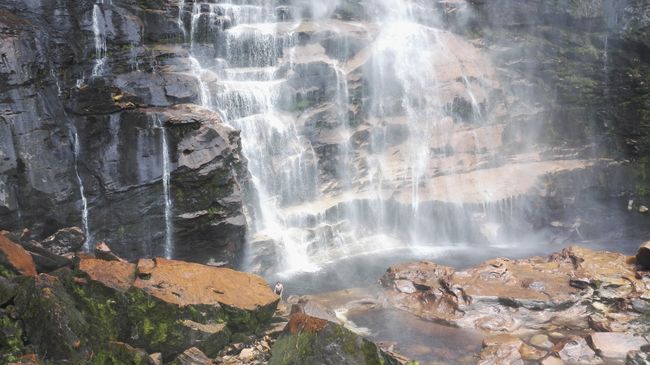
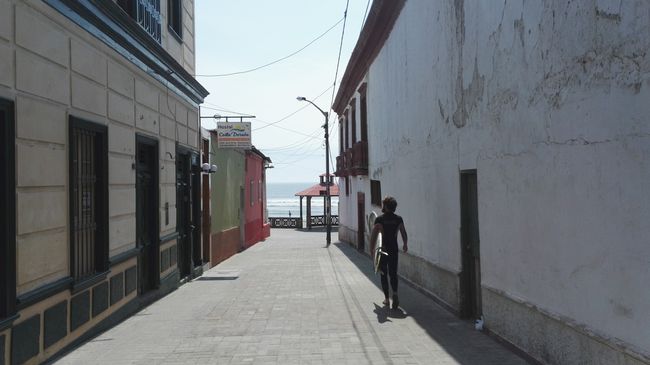
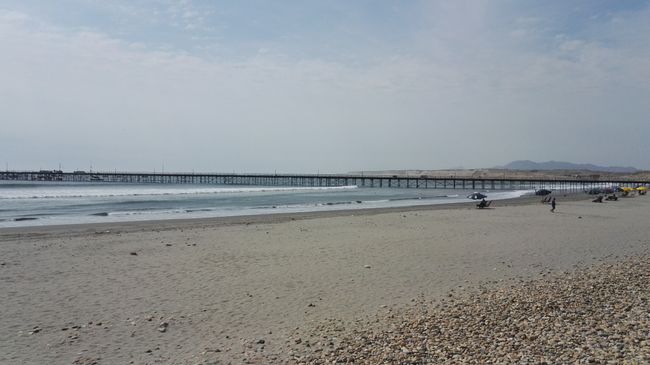
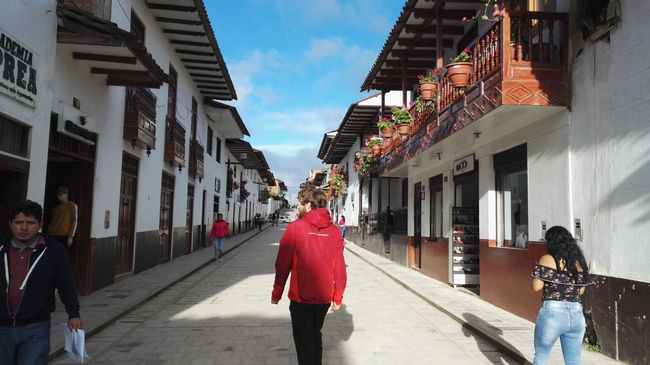
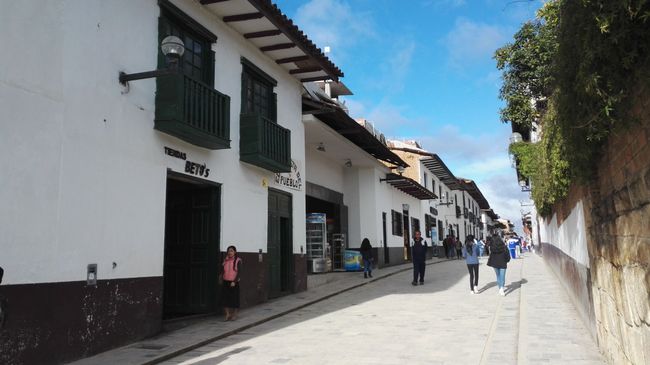
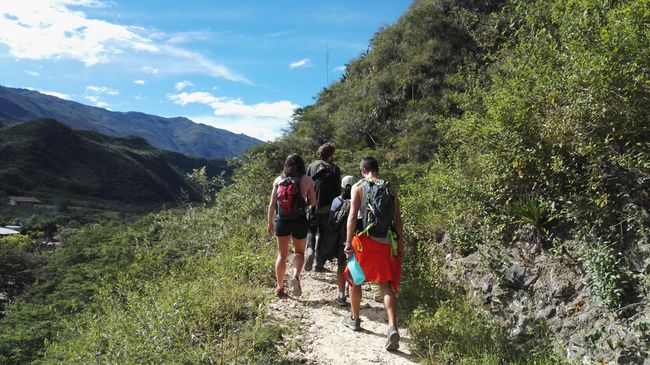
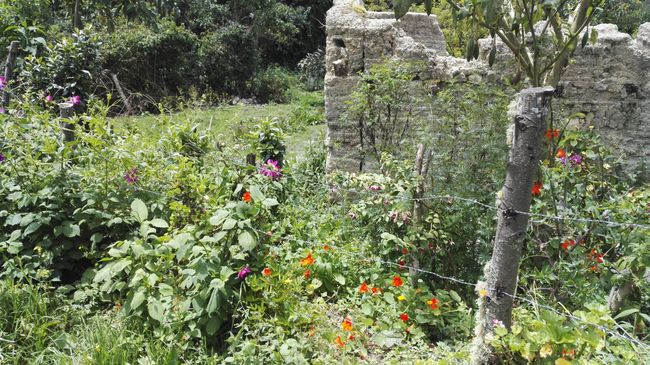
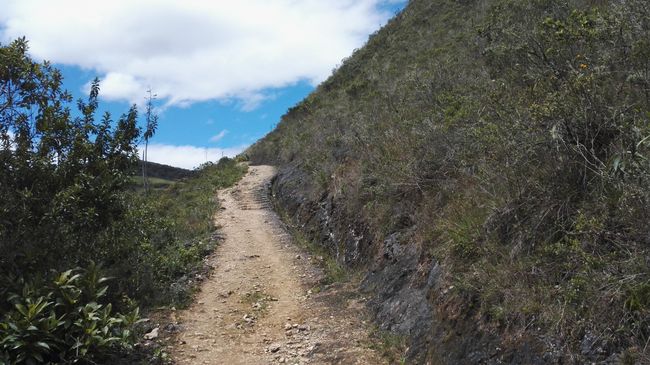
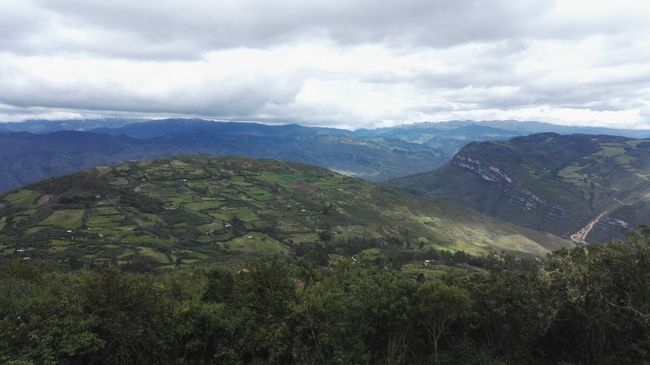
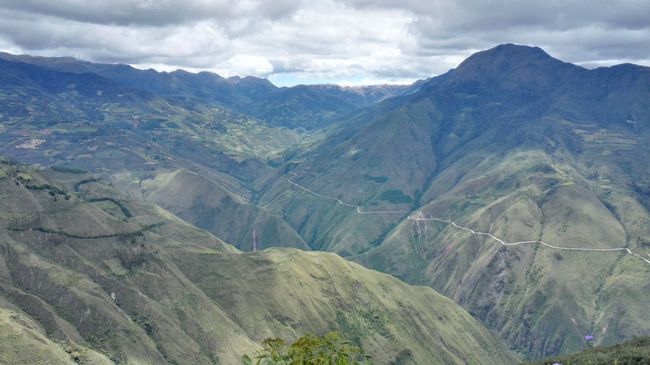
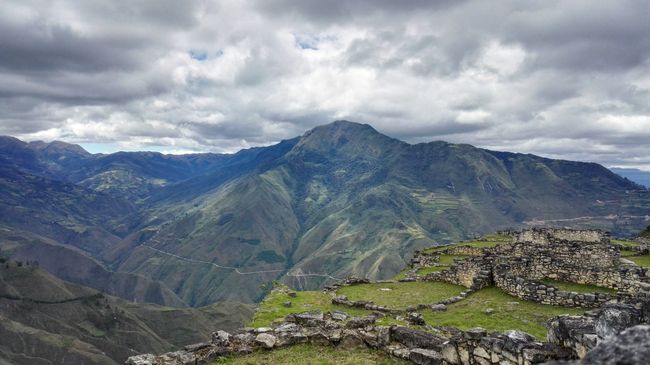
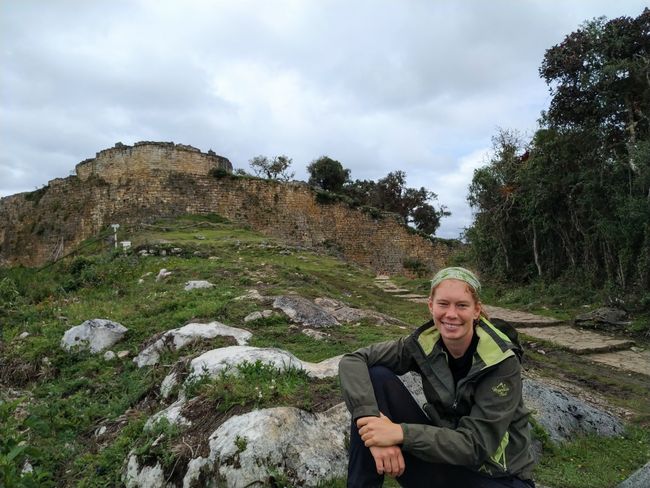
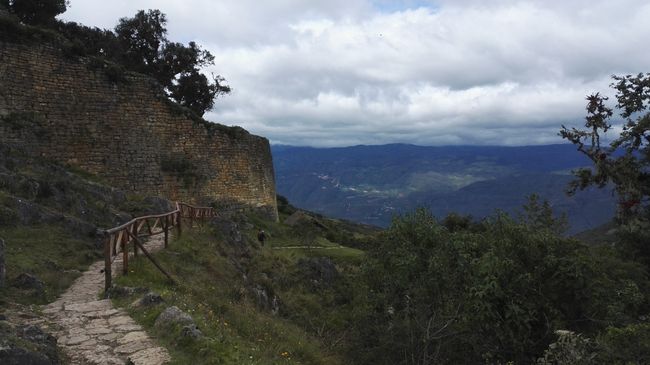
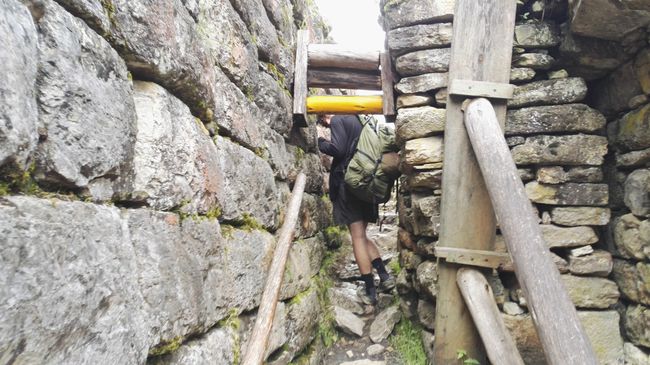
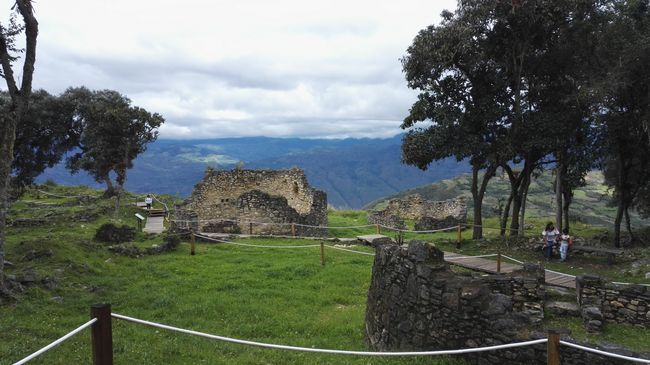
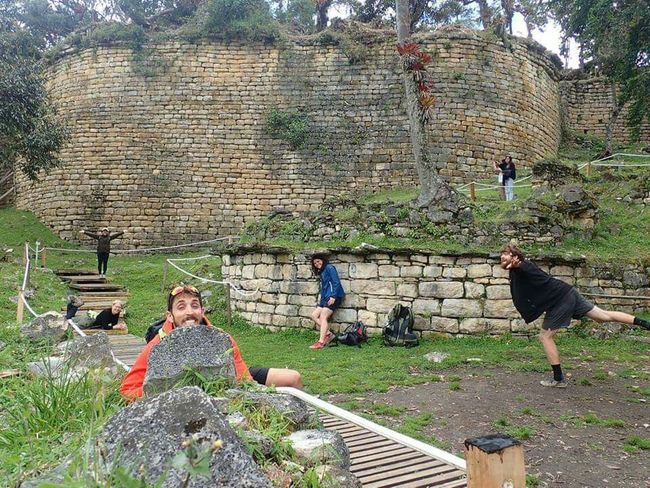
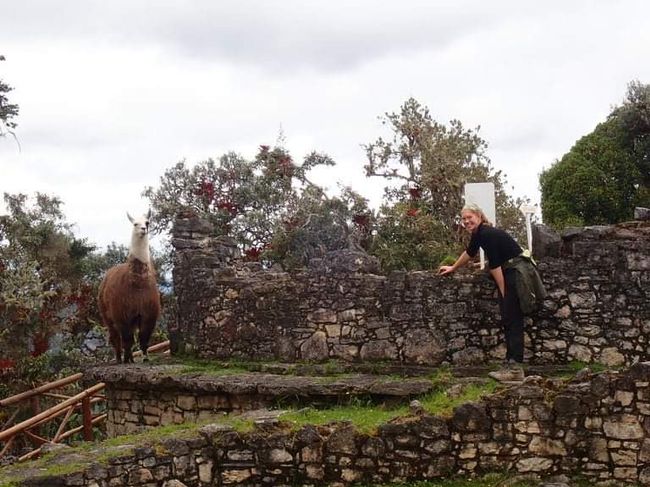
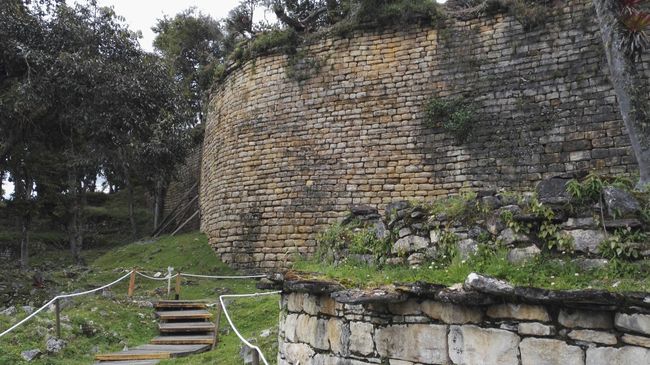
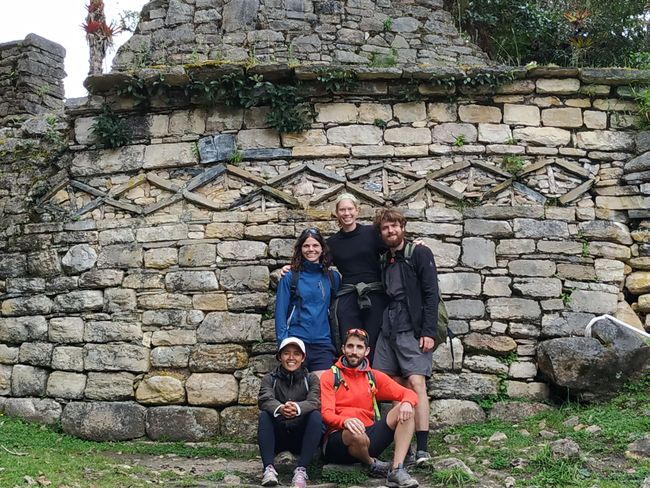
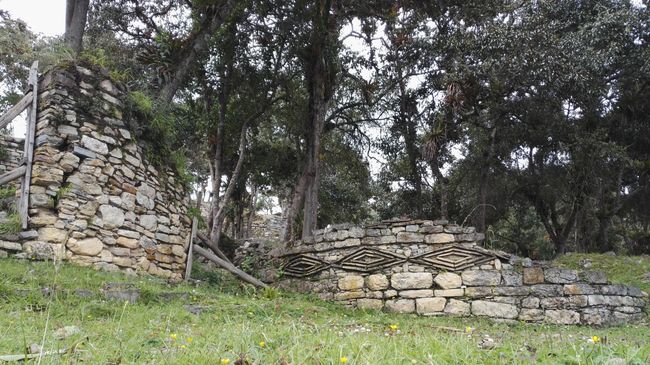
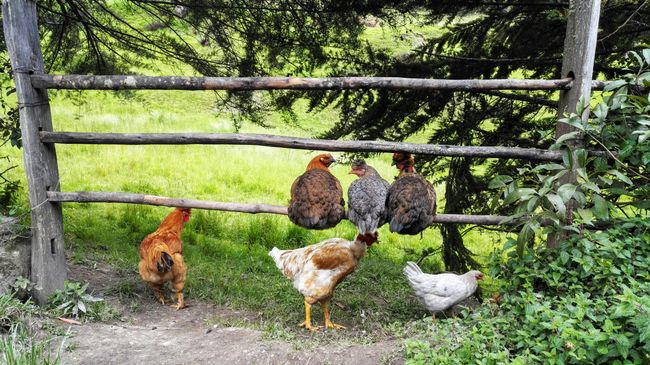
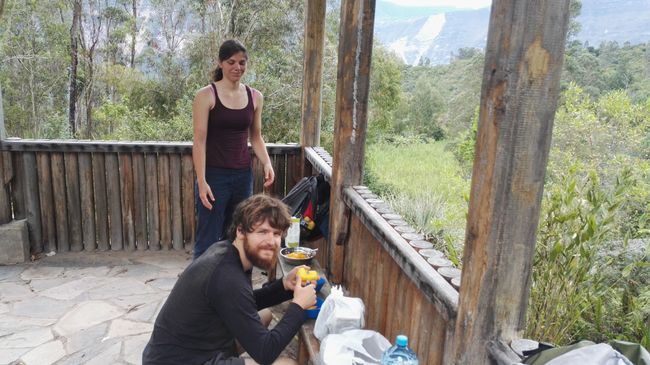
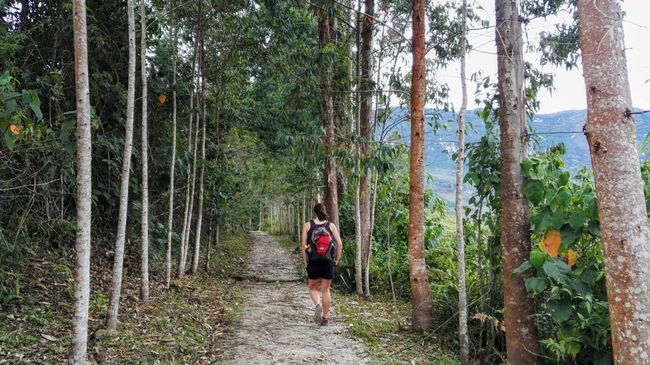
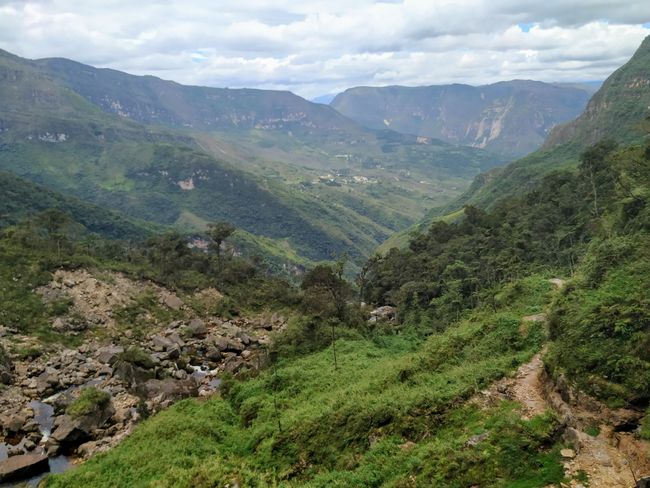
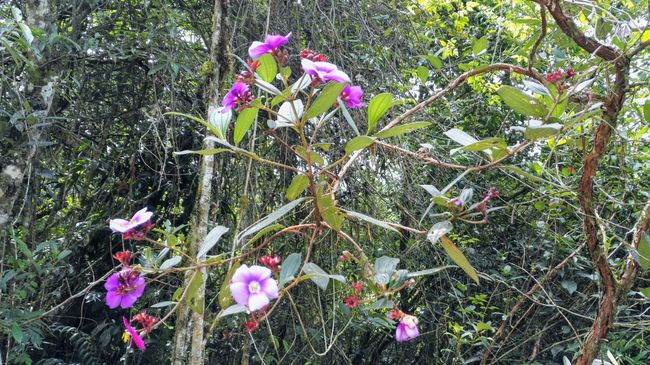
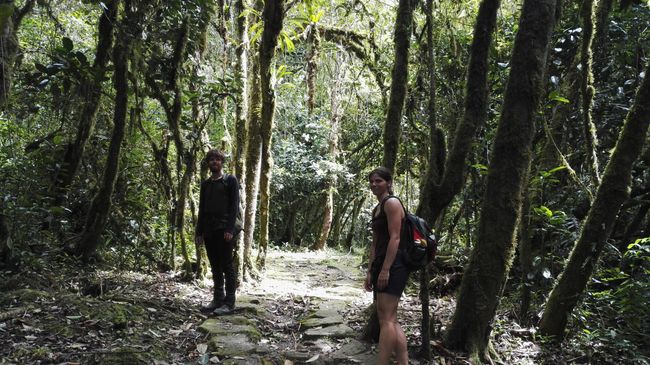
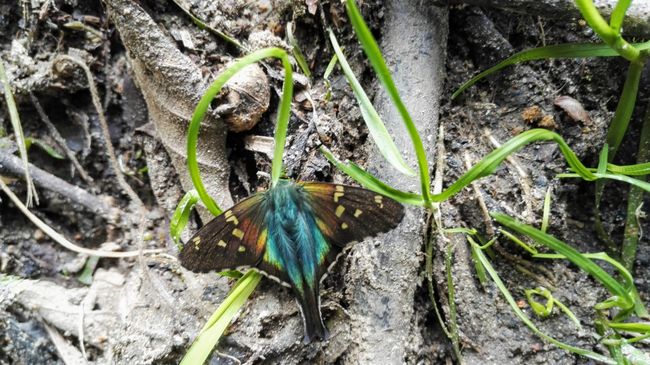

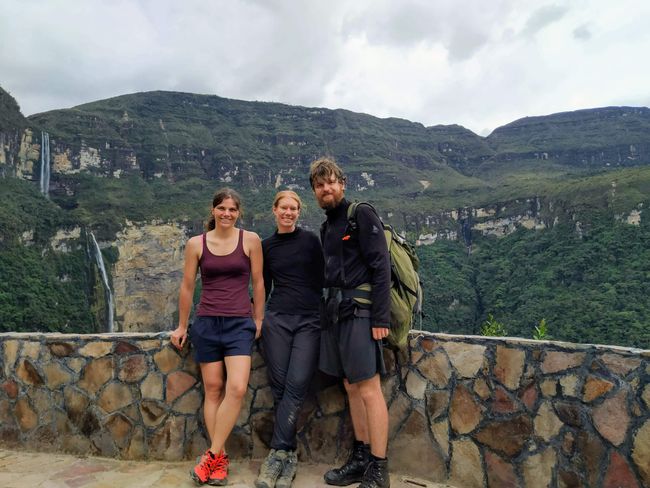
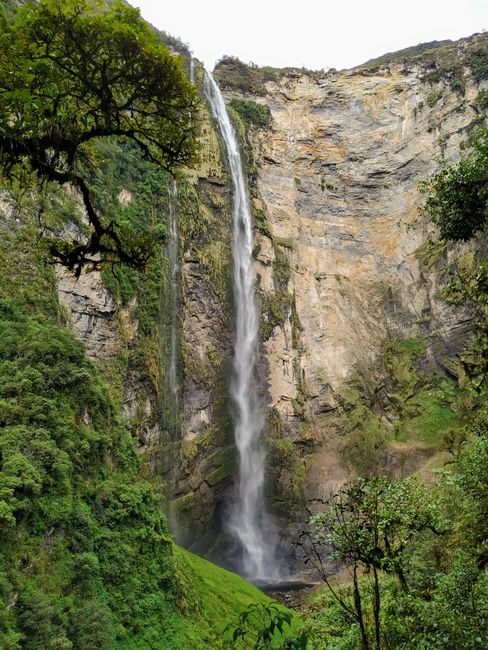
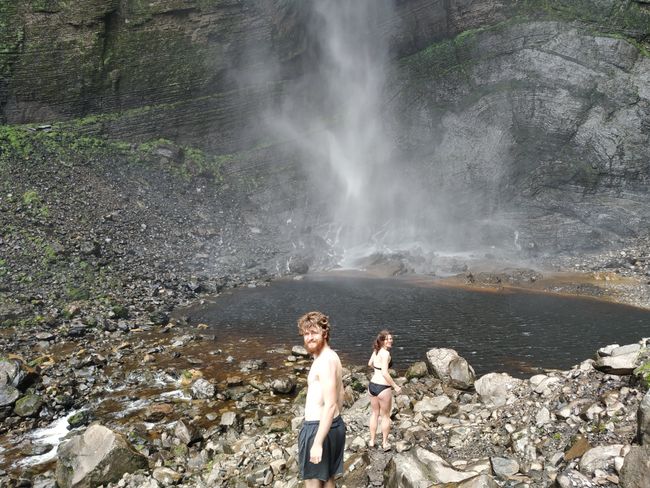
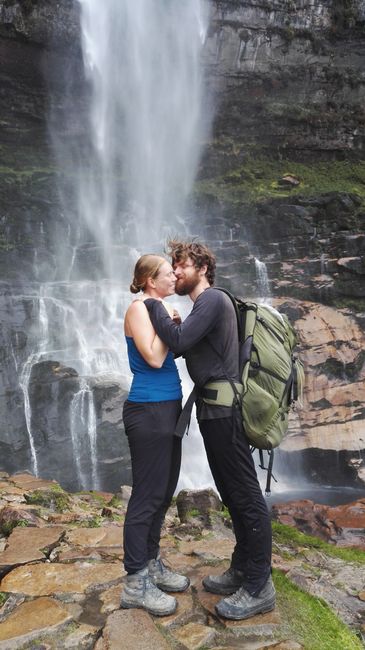
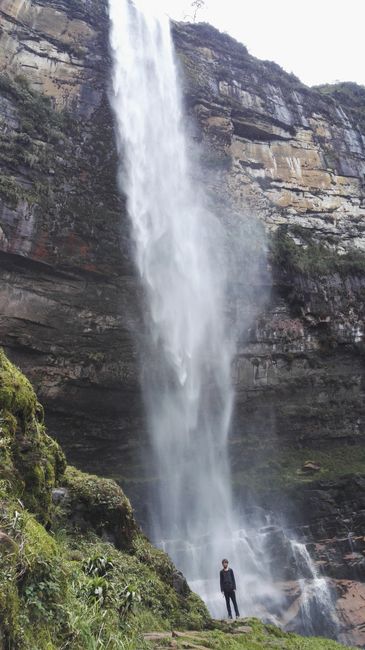
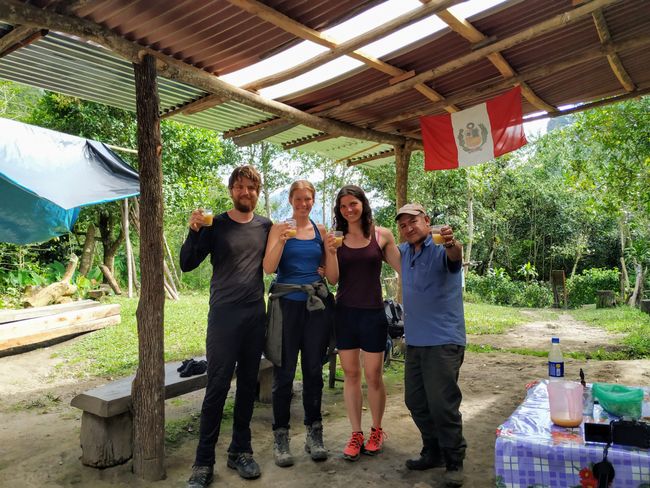
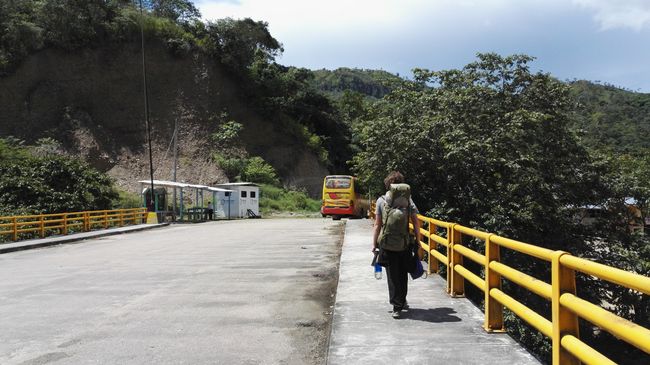
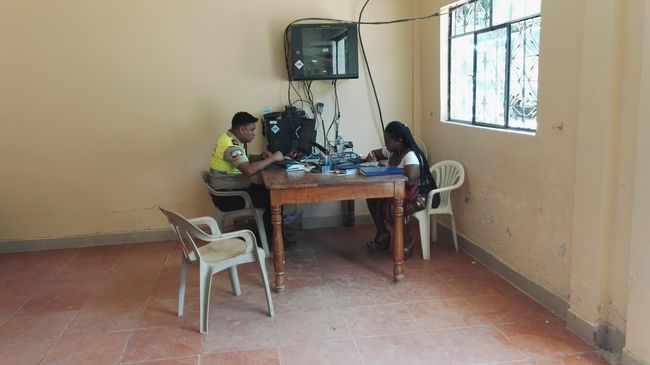
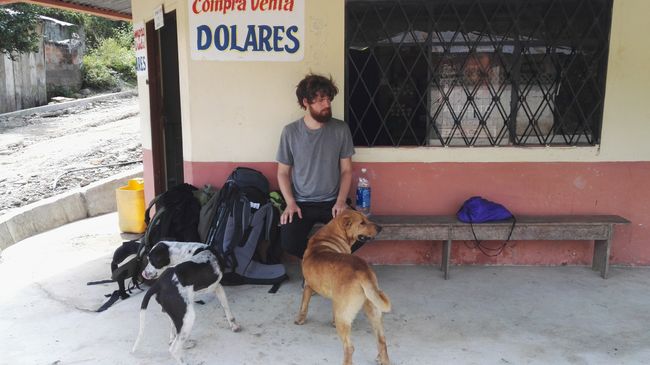
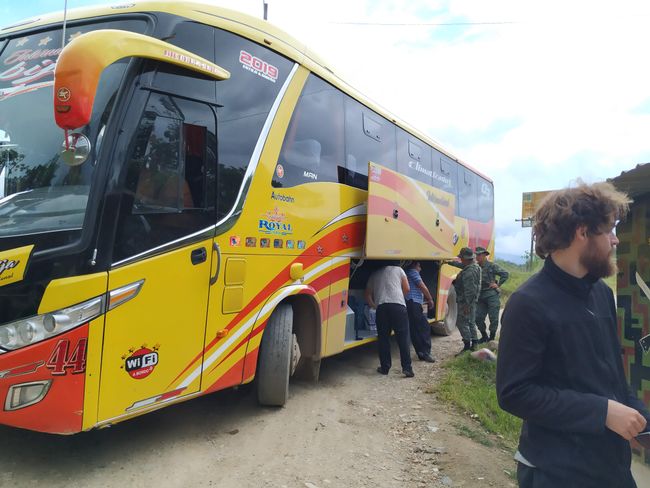
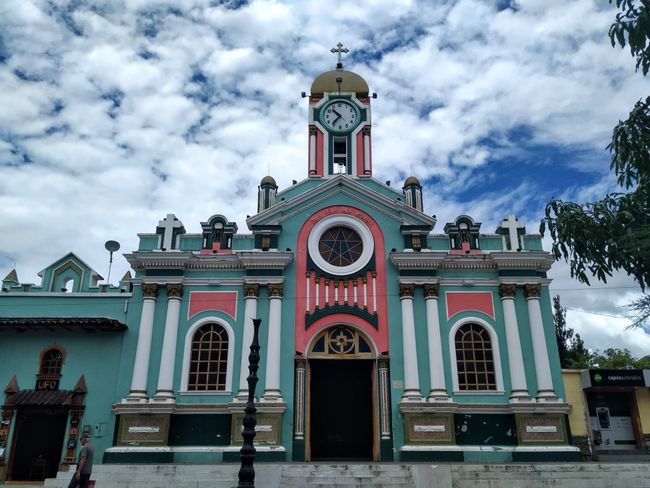
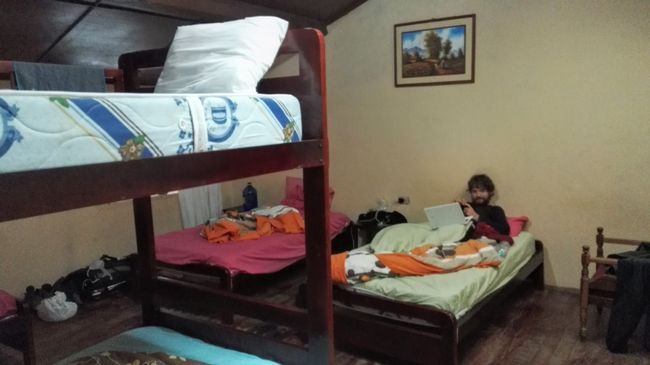
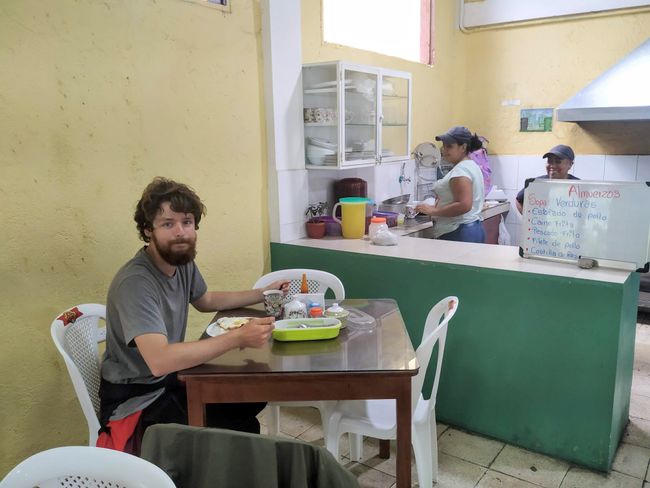
הירשם לעדכונים
Phew, last week we covered many kilometers on the bus and our buttocks are already sore from sitting. From Huanchaco, we continue to Pacasmayo, another small coastal town, where Jakob tests the waves again while Miriam recovers from heat stroke. Unfortunately, there are jellyfish with a diameter of one meter in the water, but they are not dangerous, and fishing nets that slightly diminish the surfing fun. We read that the border crossing from Peru to Ecuador inland is supposed to be more beautiful but also more adventurous than on the coast. However, before we cross the border, we explore the area around Chachapoyas. Negative/budget tip: take the bus from Chiclayo Nororiente/Gazelle for 30/s to Pedro Ruiz (not a company 'VIA' and after negotiation). However, the journey from Pacasmayo to Chachapoya falls among the top five of our worst bus rides: as the sun slowly sets, we set off. Once again, of course, you cannot fasten your seatbelt, and the bus driver drives like a madman, apparently every second that we arrive earlier is vital. The road winds through the mountainous landscape in serpentine bends, we sway from right to left in the curves, we drive too fast over the bumps in the road and jump into the air because of it, and then the bus overtakes another vehicle in the dark just before a curve. Probably, he thought his headlights would warn oncoming cars, but they don't. A truck is coming in the middle of the curve. Just a few centimeters, and the truck's cabin would have crashed into the spot where we are sitting. But the bus driver manages to just barely maneuver the bus around the overtaken vehicle. We are all thrown forward, people are awakened from sleep, and the whole bus is in an uproar, screaming or berating the driver for overtaking in the Sierra. After that, it is difficult to fall asleep, so we nervously sit through the last hours of the journey on the bus. We reach Pedro Ruiz at 3 a.m., where we have to transfer to a collectivo to Chachapoyas. They are already waiting with drivers, but they don't leave until they are full. We wait for 3 hours until finally, the time comes.
In the evening, we get to know some Germans in the hostel kitchen, because this time instead of the French, the German-speaking travelers are in the majority. For the next day, we join forces with Mae and Fabio from Switzerland and Martina from Munich to form a small hiking group. We hike up to the fortress of Kuelap, which is called the 'Machu Picchu of the North' and was built by the Chachapoayas people long before the Incas built Machu Picchu. Kuelap is located on the top of a mountain, the walls were once over 20 meters high, and the site can be entered through a narrow entrance between the walls.
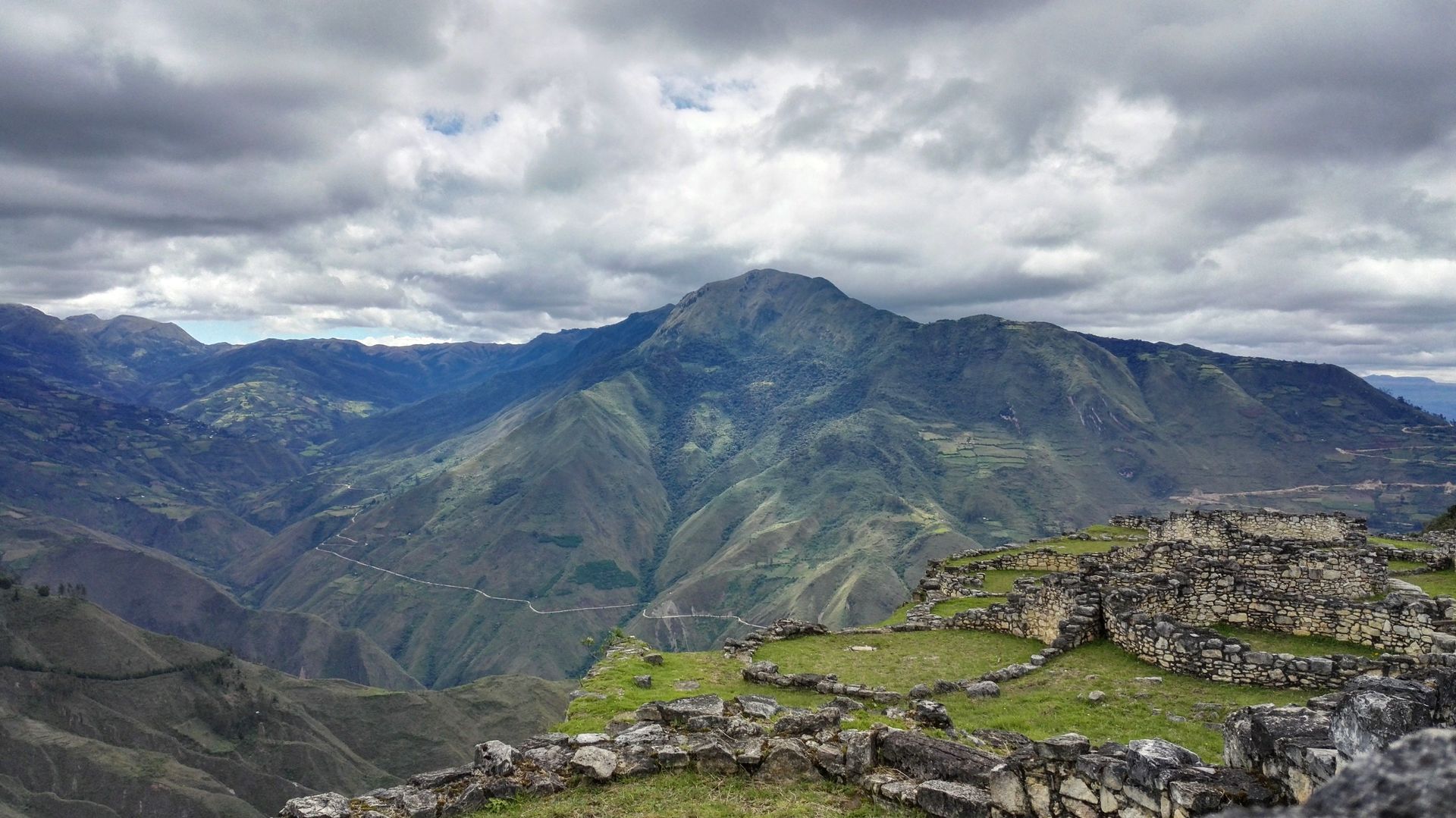
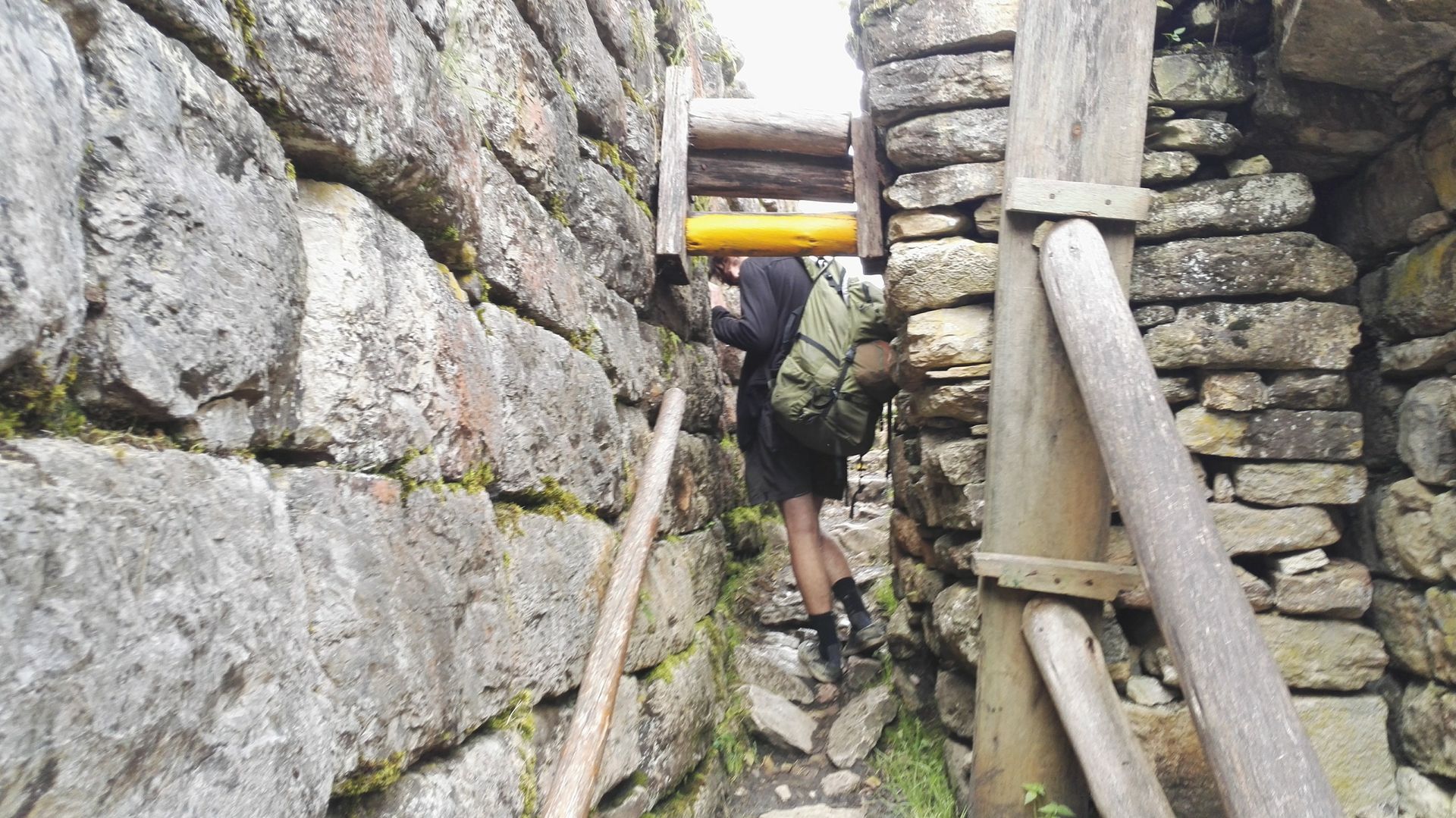
The hike is challenging: we have to climb over 1,000 meters in altitude, and the most difficult part is the sun and the lack of shade, which makes Miriam struggle. While Mae, Fabio, and Martina spring up the mountain effortlessly, we take longer. Once we reach the top, we explore Kuelap together, admire the view and the large llamas, have a lot of fun, and take funny photos (however, the entrance fee is more expensive than expected, 30/s - tip: with a student card, it's half price!)

The next day, Mae and Fabio don't feel well, so the three of us, together with Martina, set off to visit the Gotca Waterfall. The hike takes us 18 km through a beautiful Amazon landscape: the path meanders through stone stairs and small paths in a lush green landscape with moss-covered and gnarled trees, ferns, palm trees, and colorful flowers, as well as butterflies, large beetles, and stunning views. With a waterfall drop height of 771 meters, the Gotca Waterfall is one of the highest free-falling waterfalls on Earth.
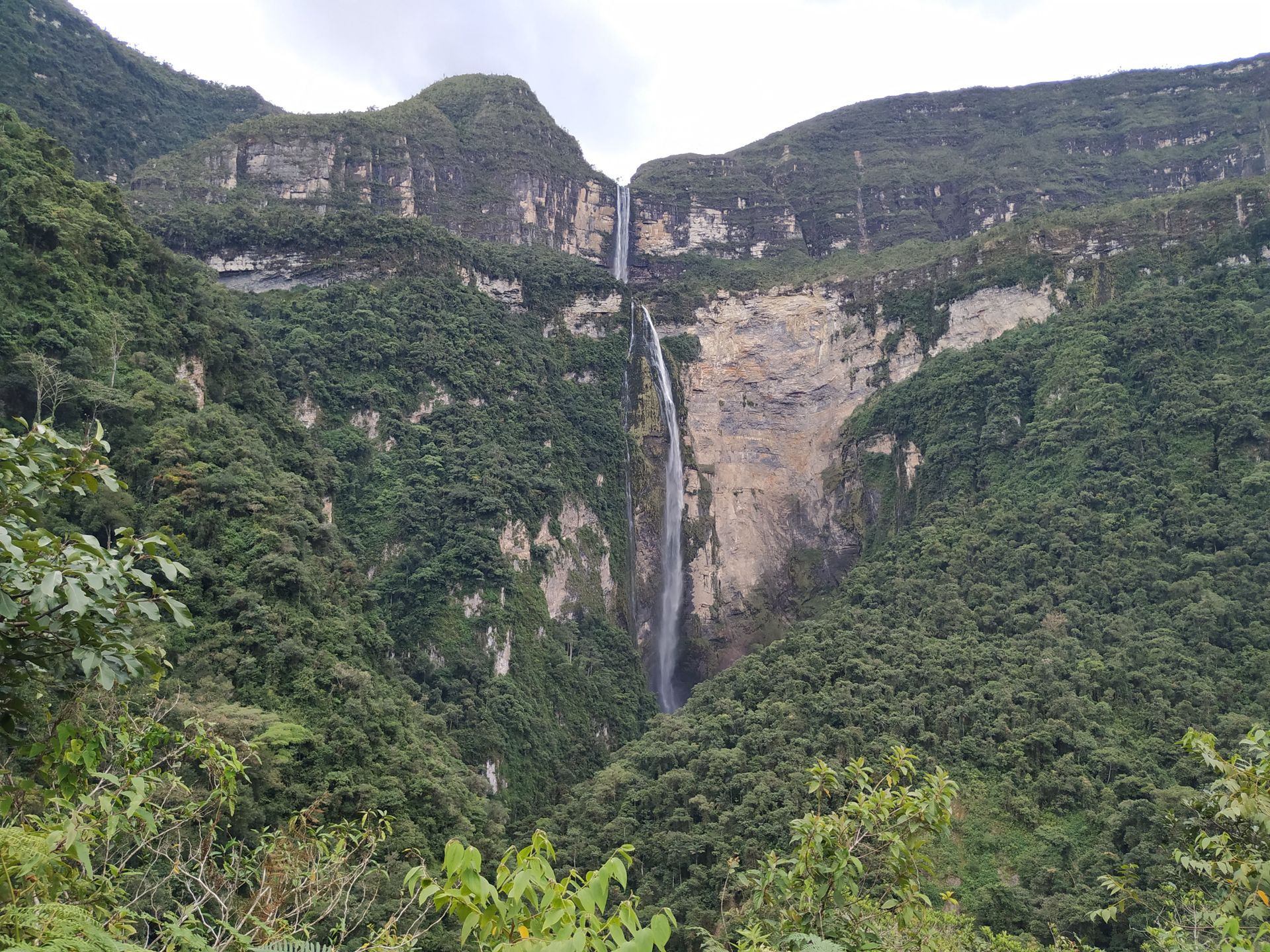
We first visit the upper plateau, where Jakob immediately jumps into the water. Miriam and Martina have the water mist blown into their faces. Refreshed and invigorated, we continue a few meters downhill until we reach the bottom of the waterfall and look up in awe. It is impressive how the water falls freely, and the water spray at the end separates more and more into mist. The steep karst walls with great patterns and the green slopes decorate the surroundings. The three of us jump into the small pool where the water accumulates, even if only briefly, but then we feel warm. On the way back, we are waved over by an older gentleman and his neighbor to his property. It is Sunday, and as we have experienced in Argentina as well, a lot of alcohol and other things are consumed here on weekends. The two men offer us a drink called Guarapo, fermented from sugarcane juice. It contains a little more alcohol than most and tastes very similar, just a little sweeter. Our two Peruvian hosts are not quite rational anymore, in addition to alcohol, they mainly consume coca leaves and liquid coca leaf juice - in total, the older gentleman asks Jakob 5 times which country we come from, and the younger one talks about an upcoming revolution. It's quite funny, we chat a bit and drink the brew before continuing our walk in high spirits.
Then it's time to say goodbye to Mae, Fabio, and Martina, and we hope (just like with Lisa from Basel) for a reunion in 2020! Now we leave Peru behind, where we enjoyed ourselves very much: Peru is so diverse in terms of landscapes, the people are open and warm-hearted, and we have found more vegetarian options. Huanchaco is and remains our highlight! What we didn't like so much: the fees for hiking trails (sometimes 20/s), gringo prices (but they are limited away from tourist areas), the dangerous driving of many drivers, and misunderstandings with taxi drivers who agree on a price but later claim they didn't listen properly.
With different collectivos, we easily make it to the 'La Balsa' border in the Amazon region. We decided against the direct bus because we want to cross the border on foot again and hope to save money. And of course, it's more exciting! The border is small, sleepy, and it takes patience until the Ecuadorian policeman decides to take care of you. You also get a free yellow fever vaccination if you don't have one already, injected right in the office. The migration on the Ecuadorian side is located in a large empty space equipped only with a table and plastic chairs.

And then there is no more way for us to continue. There are no buses running, and even the rancheros (converted trucks with wooden benches) only leave in the evening. We try hitchhiking, but not a single car comes. We wait for three hours in the small village, in the end, a truck comes, but the driver prefers to take two locals who crossed the border just 15 minutes ago instead of us. We are frustrated, in the end, we end up taking the direct bus that reaches the border in the evening and takes us to Vilcabamba for a hefty amount of money (20 dollars) (tip: it would have been cheaper to go through Chiclayo to the border). Yes, the currency in Ecuador is the dollar, which we have to get used to, and overall, the country doesn't seem to be as cheap as Bolivia and Peru anymore. The military checks the bus on the way to Vilcabamba, and we have to register. We arrive tired in Vilcabamba at midnight, join two Chileans, search together in pouring rain for accommodation, and wake up the hostel owners. The four of us spend the night in a dormitory room that is quite rustic (tip: Pension Crucita for $6/person with plenty of space in the room). The next day, it rains again, so we take it easy and do some further planning. Ecuador has a lot to offer, and we are happy to be in a slightly smaller country in terms of area.
הירשם לעדכונים
תשובה (1)
du
Beeindruckender Wasserfall und erneut viele spannende Erlebnisse :)
דוחות נסיעות פרו
